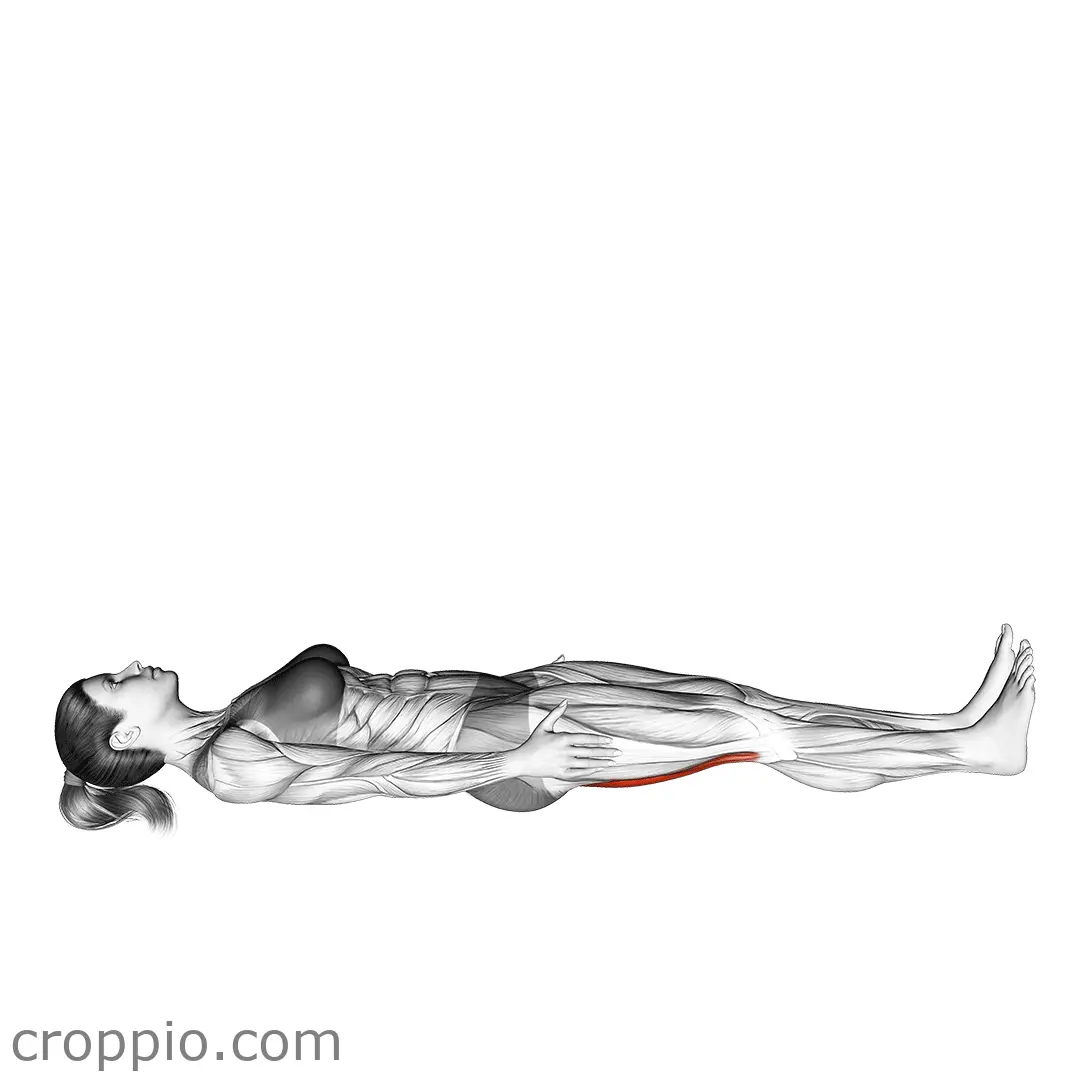Sumo Deadlift Form

Muscles Involved
The sumo deadlift is primarily designed to target the posterior chain, particularly focusing on the gluteus maximus and hamstrings. This lift also engages the quadriceps, primarily due to the wider stance employed, allowing for a more upright torso position. Secondary muscles involved include the spine erectors, which stabilize the back during lifting, as well as the adductors from the inner thighs, due to the sumo stance. The activation of these diverse muscle groups is essential for both strength development and functional movement.
Top Mistakes
- Incorrect foot positioning: Failing to adopt the appropriate sumo stance can lead to ineffective mechanics.
- Rounding the back: Keeping a neutral spine is crucial to avoid injury; rounding can place undue strain on the lower back.
- Lifting with arms: The lift should initiate from the legs rather than the arms; overly relying on arms can lead to improper form.
- Not fully engaging the core: Weak core engagement can affect stability and lead to form breakdown.
Execution Tips
To perform the sumo deadlift effectively, begin by establishing a stance wider than shoulder-width, with the toes pointed outwards. Set your grip on the barbell; a double overhand grip works well but consider a mixed grip for heavier weights. Before lifting, ensure your shoulders are directly above or slightly forward of the bar to facilitate optimal leverage. As you initiate the lift, engage your abdominal muscles to support the spine and push through your feet while keeping the barbell close to your body. Aim to extend through the hips and knees simultaneously, ensuring a smooth upward motion.
Workouts
The sumo deadlift can be effectively incorporated into a routine targeting lower body strength. A recommended starting point is 3-4 sets of 6-10 repetitions, depending on your fitness level. To complement this exercise, consider incorporating movements like front squats, lunges, or Romanian deadlifts, which collectively target similar muscle groups and enhance overall leg development. Always allow adequate rest between sets to maintain optimal form and performance.
Conclusion
In summary, the sumo deadlift is an excellent exercise for enhancing strength in the lower body and improving muscle coordination across multiple muscle groups. By focusing on proper form and avoiding common pitfalls, individuals can benefit from increased power, muscle growth, and functional fitness. This exercise not only builds strength effectively but also contributes to better posture and core stability when performed correctly.



